You know how sometimes people listen, but they don’t hear? Or they watch, but they don’t see?
Well what about breathing, but not smelling?
To recognize aromas, you have to train the sniffer, make nose memories. We do this when studying wine quite a bit, pass around little glass jars of oils that mimic everything from lemon zest to wet hay. Nerds.
But in real life, we often forget to stop and smell the smell. We just breathe through life. As such, I’ve decided to start exercising my nose and make some memories. I’m going beyond the glass jars and straight to the source.
First up: Lavandin.
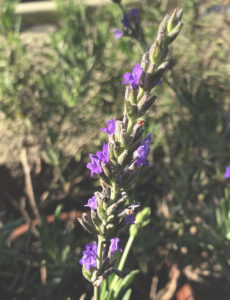
I first noted this as Lavender, but after happening upon another lavender plant a day later, and with the help of a quick Google image search, I realized my memory was of lavandin.
And it’s not toe-may-toe, toe-maw-toe. Apart from visual differences, there are aromatic differences as well. Both are soft and sweet, but lavender is more floral while lavandin has more of an herbal profile. As the purple petal kisses your nostril, however, the floral aspect of lavandin is pulled out from the forest green.
Beyond aromatic descriptors, I’m trying to connect smells with feelings. Lavandin is drowsy and pleasant. Its smell is equal to the feeling when your body temperature is absolutely perfect.
Calm. Cool. Collected.
Lavandin/Lavender Aromas in Wine
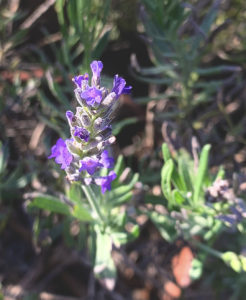
In what wines could we possibly identify the scent of lavandin and its sister, lavender? Syrah comes to mind first. Maybe a Grenache, Mourvedre or Sangiovese. Any wine is capable really, because wine is crazy like that. But I would say if you sniff it out, there’s a 98 percent chance you’ve got your nose in a red. I wonder if wines that show lavandin notes are more prone to inducing that drowsy, red wine fog?
Even though sipping is the best part, smell plays a big role in our wine experience. Sight and swirl, meh. Spit, ha! But really, the nose and mouth go hand in hand. Pinch your nose and take a sip. Now sip and breathe out through your nose. See what I’m saying?
It is commonly accepted that 80 percent of flavor actually comes from what we smell. Taste is different. Taste considers tannins, body, acidity, the feelings in the mouth. But that’s another topic. This is all about the nose and memories.
The nose gives flavor taste.
So please, stop and smell the smells with me as I embark on this new exercise.
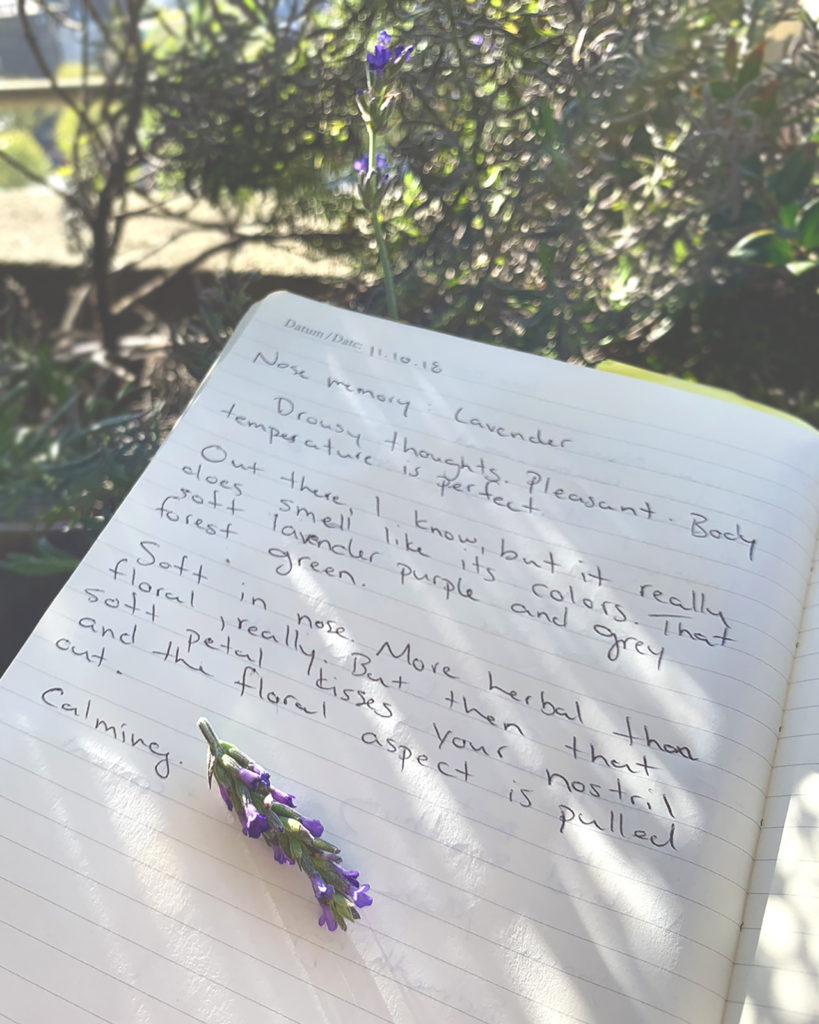

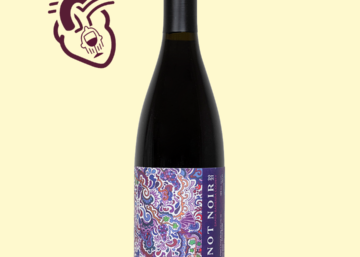
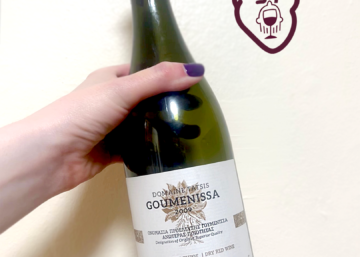
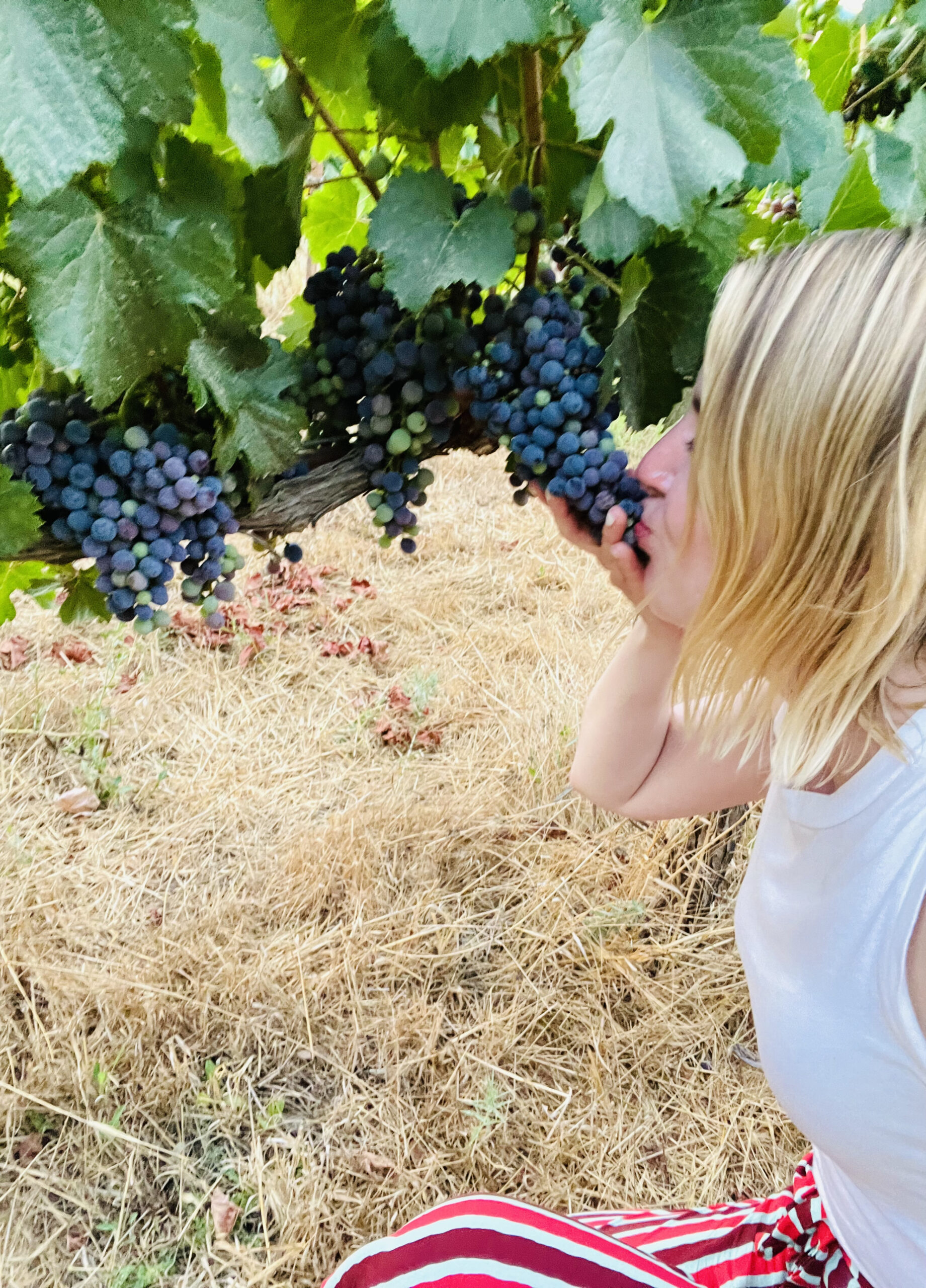


December 6, 2023, 8:08 am
What i do not realize is actually how you’re now not actually much more smartly-favored than you may be now. You are so intelligent. You know thus significantly on the subject of this topic, produced me individually imagine it from numerous various angles. Its like men and women aren’t involved except it is one thing to do with Lady gaga! Your individual stuffs great. At all times maintain it up!